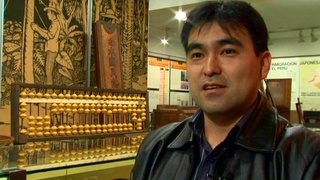Interviews
Nikkei vs. Nisei (Spanish)
(Spanish) As a kid I felt not just Nikkei, I felt Nisei. I distinguish between the two because, in reality, the second generation is still very tied to the first generation that immigrated. Therefore, in my case, I feel that I had more of a sense of being Nisei. In fact, back then, all the descendents of Japanese were Nisei. Nowadays it’s Nikkei because there are also Yonsei, Gosei. So that’s how I felt the way I did as a kid, and, as such, naturally there were good and bad things about it, because in the post-war period Japan still wasn’t a country that people respected as much as they do today. So, we did feel those effects, the Nikkei of that time. But today, for example, those same Nikkei from that time feel differently. I myself feel different actually. Why? Because whether you’re Nisei or any other generation, I think the integration into Chilean society or with Chilean culture is much greater. And taking advantage of our knowledge of both sides, a lot of times one can do things in the professional realm or the business realm that benefits both sides, and I think that’s an interesting advantage.
Date: October 7, 2005
Location: California, US
Interviewer: Ann Kaneko
Contributed by: Watase Media Arts Center, Japanese American National Museum










